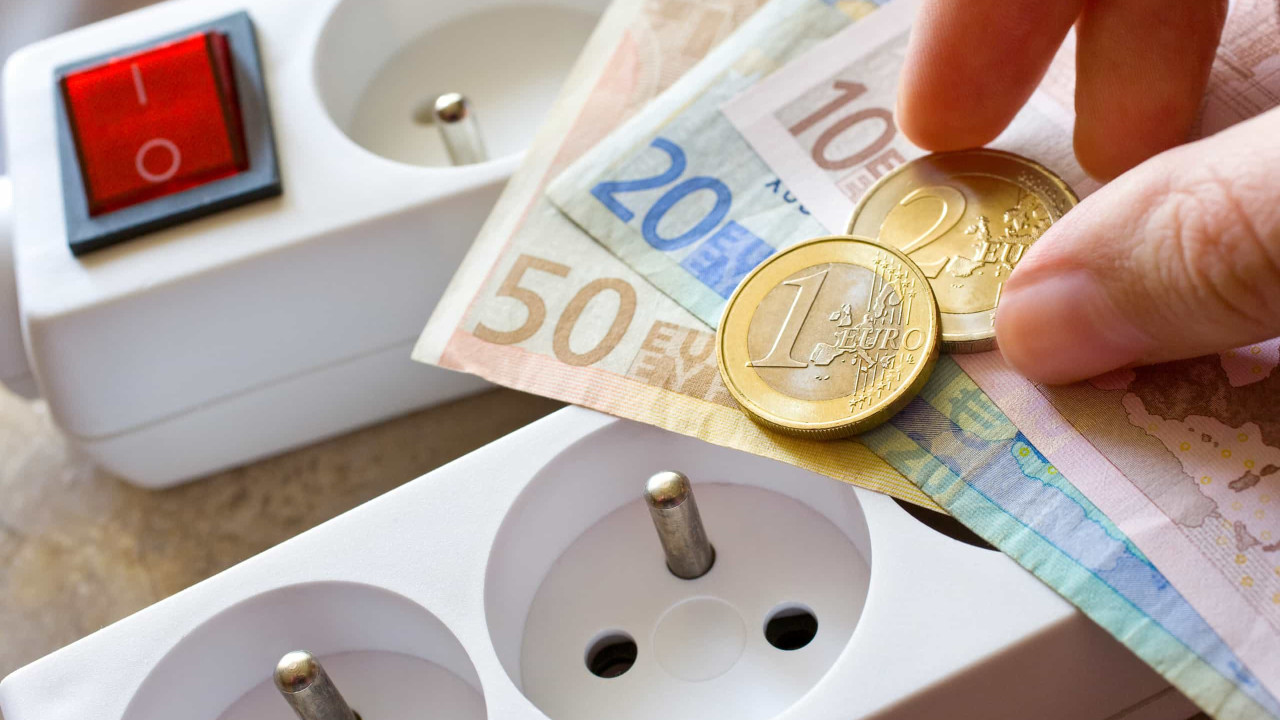ANDAre you trying to reduce your electricity and gas bills? Doctor Finance, specialized in personal and family finances, launched a guide on savings at home in which he shares some “strategies and tips” to reduce household expenses, including electricity and gas bills.
According to the company, which cites the National Statistics Institute (INE), “electricity represents an average expense of 751 euros annually” and is “the main source of energy used in the domestic sector, representing 46.4% of total energy consumption “.
Natural gas represents “12.4% of energy consumption in the domestic sector and has an average weight of 296 euros per year in the family budget”.
Keep up to date with these tips for saving on your monthly bill:
Choose appliances with better energy performance
When buying a new appliance, you should pay attention to the energy label. Efficiency, explains Doctor Finance, is measured on a scale from A (the best) to G (the worst) and, “although the most efficient products are sometimes more expensive than the least efficient ones, think about the cost savings energy you can get.”
Swap incandescent bulbs for LEDs
LED bulbs consume less energy and last longer than incandescent bulbs.
Turn off the lights and do not leave equipment on standby
Dry clothes in the sun
Improve the thermal insulation of the house
“Investing in the thermal insulation of your home is one of the solutions to lower your energy bill. Installing efficient windows, for example, can reduce the energy consumed in your home by around 30%”, explains the guide.
Choose an electricity tariff tailored to your needs
The most common powers in the domestic consumer market are between 3.45 kVa and 6.9 kVa. For example, the ideal for a family consisting of a couple with four children is a power of 13.8 kVA.
After choosing the power, you must choose one of the three tariffs. However, the two-hour rate is not always the best option. See the differences:
-
- Simple fare: the price is always the same at all times;
-
- Bi-hourly rate: there are two different prices. One during off-peak hours (cheaper) and another during off-peak hours (may be expensive);
-
- Three-hour rate: Electricity is charged at three different prices, depending on whether it is off-peak hours (cheaper), full hours (intermediate price) or peak hours (more expensive).
Control the use of hot water
If you prefer to take a shower instead of a bath and turn off the taps while you add shampoo and shower gel, as well as save on water billsis also “cutting back on the gas that would be needed to fill a bathtub with hot water.”
Optimize boiling, control the color of the flame and pay attention to the oven
When cooking, you should only use the amount of “water necessary for the food you are cooking” because “the more water is in the pan, the longer it takes until it starts to boil”.
You can also cover the pan and lower the heat when the water is boiling to save gas. You should also pay attention to the color of the stove flame, which should be blue. Yellow or blue “may mean that there is some obstruction in the passage of gas or air through the nozzles, resulting in more gas burning than necessary.”
Finally, don’t open the oven too often while preparing a meal.
Adjust the water heater temperature
If you have to mix cold and hot water when you turn on the tap, “it means that the water heater temperature is too high, which is reflected in gas consumption.”
Choose efficient equipment
For example, exchanging an old water heater for a class A one can generate savings of around 37 euros per year and changing a class D furnace for a class A one helps to save 80 euros per year.
Change supplier
Prices on the regulated market are currently lower than those on the free market.
Read Also: Deco claims 6% VAT on all energy bills

Download our free App.
Eighth consecutive year Consumer Choice for Online Press and elected product of the year 2024.
* Study by e Netsonda, Nov. and ten. 2023 product of the year – pt.com
